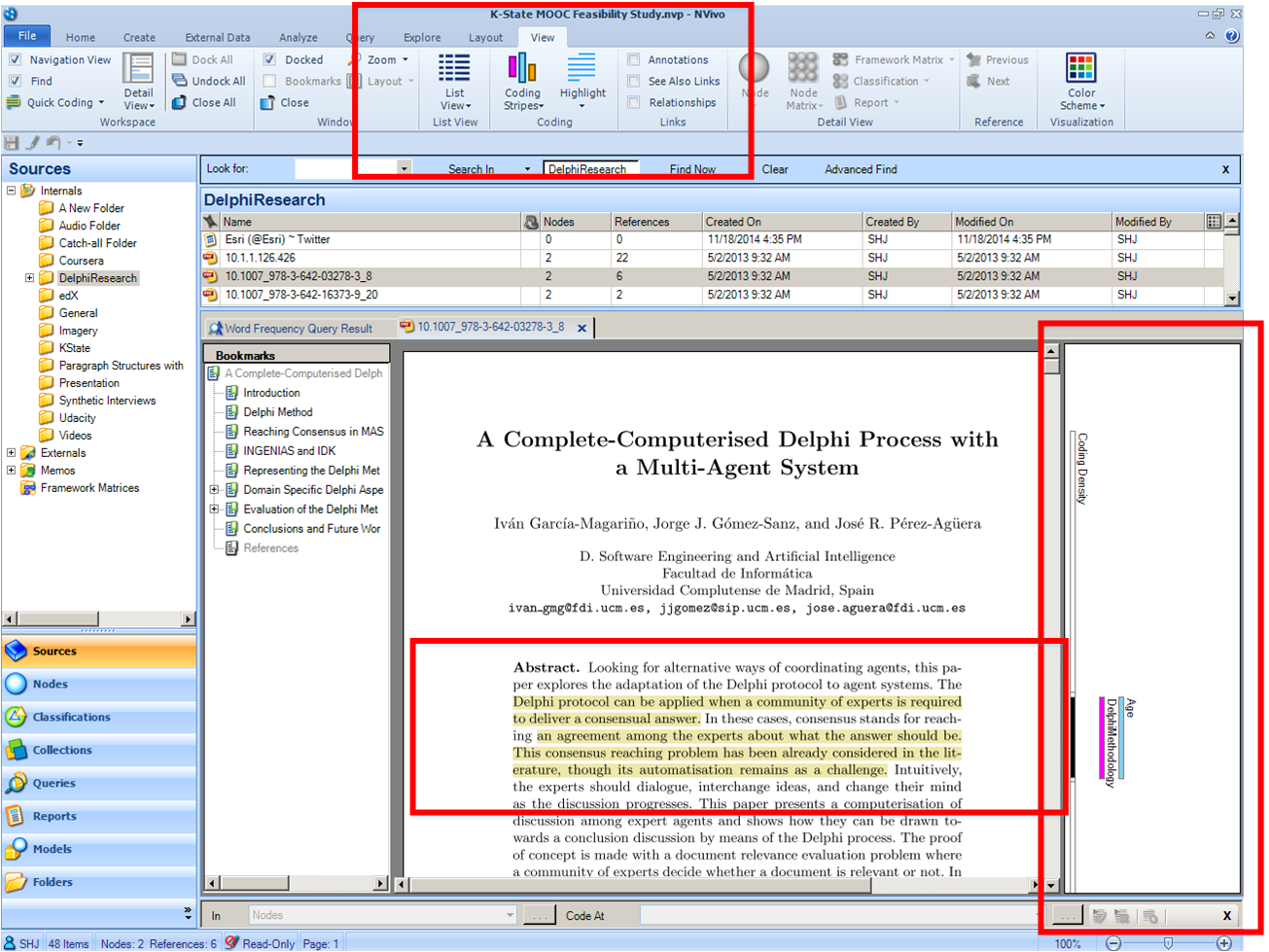


Moreover, in an accounting context, a critical literature has emerged which attempts to elucidate the messy and problematic nature of qualitative data analysis (Ahrens & Chapman, 2006 Lee & Humphrey, 2006 Modell & Humphrey, 2008 O’Dwyer, 2004 Parker, 2003). While earlier literature focuses on the manual approach to qualitative data analysis (Bogdan & Bilken, 1982 Lofland, 1971), more recent literature provides support in the application of a range of technological approaches (alternatively referred to as Computer Assisted Qualitative Data Analysis Software or CAQDAS): e.g., Excel (Meyer & Avery, 2009) NVivo (Jackson & Bazeley, 2019) and ATLAS.ti (Friese, 2019). Reflecting this, a substantial literature has developed to guide the researcher through the process of qualitative data analysis (e.g. NVivo 10 essentials : your guide to the world's most powerful data analysis software - Bengt M. Edhlund & Allan G.Qualitative data analysis has a long history in the social sciences. The NVivo qualitative project book - Patricia Bazeleyĭoing research in the real world - David E Gray Qualitative data analysis: explorations with Nvivo - Graham Gibbs

Qualitative data analysis with Nviv o - Patricia Bazeley It allows extensive annotation and segmentation of data as part of organisation, categorisation and analysis.Īccess via UCD's IT services and The following books in the library are useful: This may either be in the form of text transcriptions or certain types of audio and video recordings. NVivo is a software package created to deal with qualitative or mixed methods data such as interviews and focus groups. Further information about CAQDAS software can be found on the University of Surrey's CAQDAS page and the University of Huddersfield's Online QDA website. Textual or mixed method analytical programs are often grouped together under the title of ‘computer assisted qualitative data analysis software’ (CAQDAS).


 0 kommentar(er)
0 kommentar(er)
